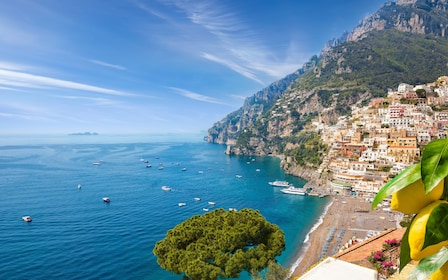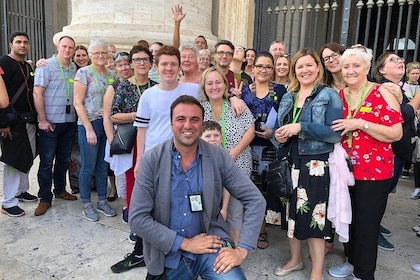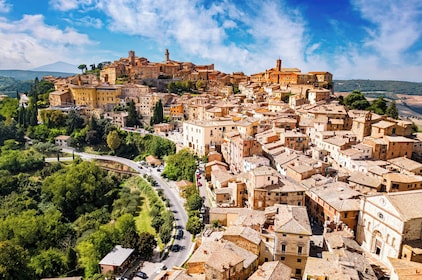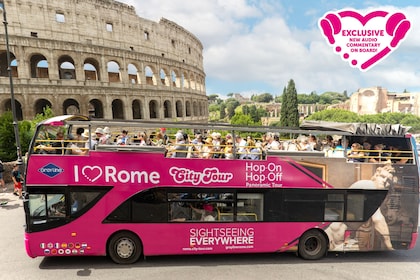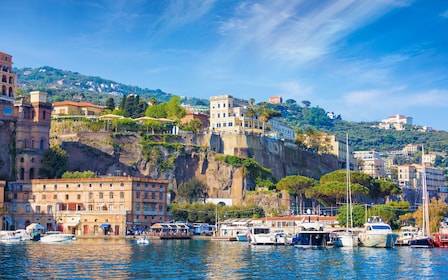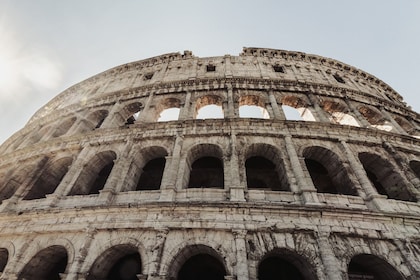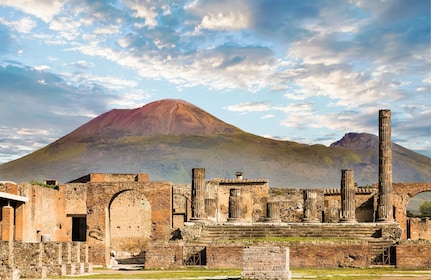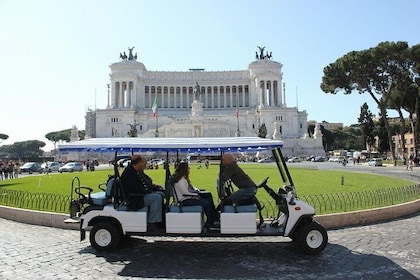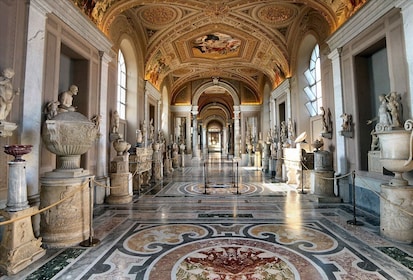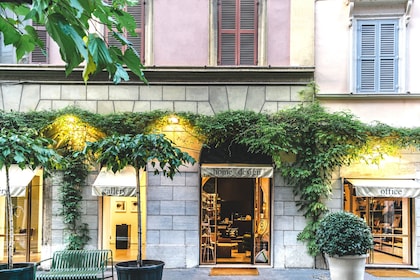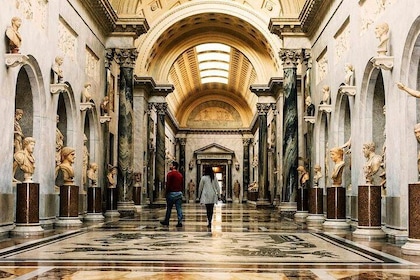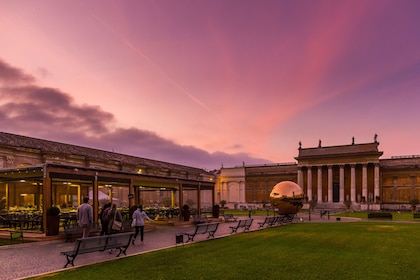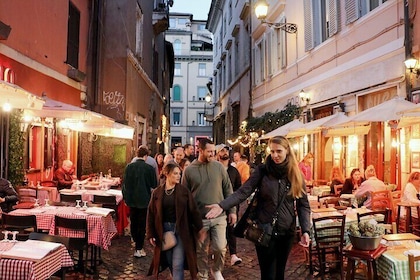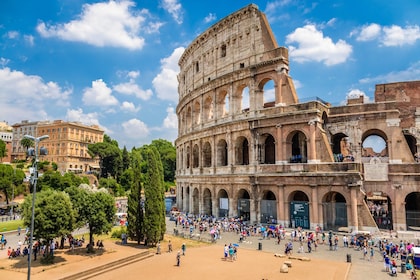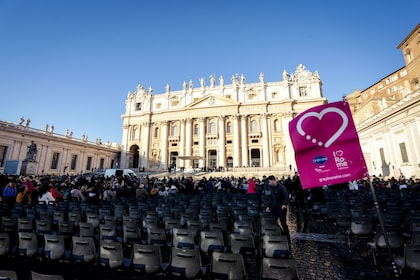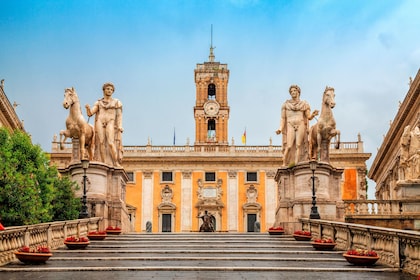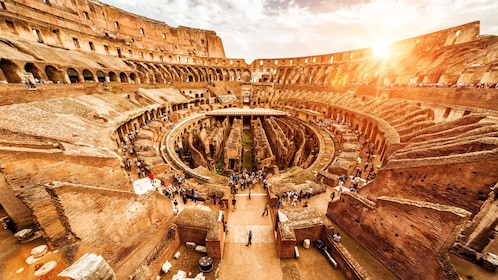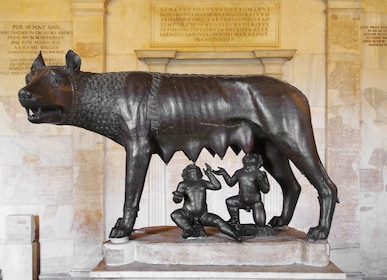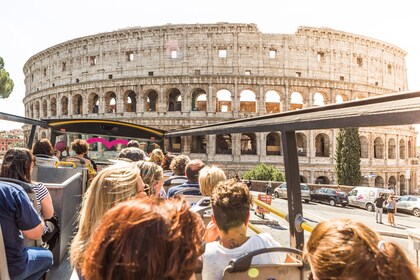Spanish Steps





Visit Spanish Steps
Price found within the past 48 hours. Click for updated prices.


EXE Domus Aurea
Rome City Centre
Save 100% on your flight
per person
16 Apr - 21 Apr
found 17 hours ago
Return flight included
Dublin (DUB) to Rome (FCO)
8/10 Very Good! (472 reviews)
Good location and friendly staff. Although this didn’t bother me, it could be a bit noisy at night due to some night walkers on the street.
Reviewed on 19 Nov 2024

Baglioni Hotel Regina - The Leading Hotels of the World
Rome City Centre
Save 100% on your flight
per person
2 May - 5 May
found 1 day ago
Return direct flight included
Dublin (DUB) to Rome (FCO)
8.8/10 Excellent! (438 reviews)
We had a wonderful stay at the Baglioni. The property is beautiful. The spa is relaxing. We loved the area, which is right across from the United States embassy, and we walked everywhere. The staff was very friendly and went out of their way to be helpful. Breakfast was delicious. We also enjoyed the Brunello bar and restaurant; the food was innovative and delicious. We appreciated the personal service! Can’t wait to come back!
Reviewed on 24 Feb 2025
Tours & day trips
See all 811 activities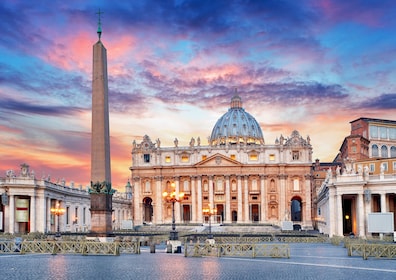
Vatican Museums, Sistine Chapel, & St. Peter’s Basilica Fully Guided Tour
Activity duration is 2 hours
9.0 out of 10 with 6260 reviews
Free cancellation available
Private & custom tours
See all 222 activities
3-Hour Private Tour of Rome with Golf Cart
Activity duration is 4 hours
Free cancellation available
Food, drink & nightlife
See all 99 activities
3 in 1 Cooking Class near Navona: Fettuccine, Ravioli & Tiramisu
Activity duration is 3 hours
9.4 out of 10 with 48 reviews
Free cancellation available
Attractions
See all 17 activities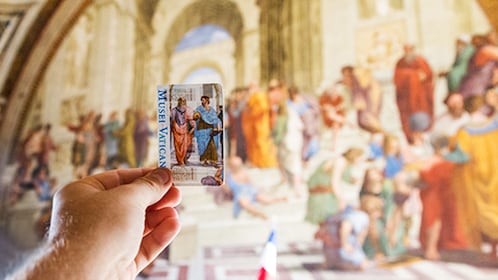
Skip-the-Line: Vatican Museums & Sistine Chapel Admission with Audio Guide
Activity duration is 1 hour
7.4 out of 10 with 944 reviews
Free cancellation available
Shows & concerts
See all 16 activities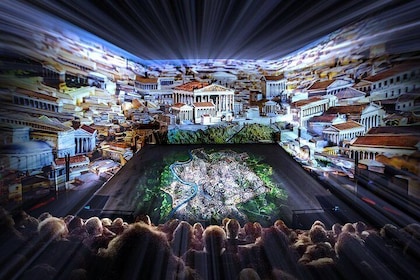
Welcome To Rome Experience
Activity duration is 1 hour
9.0 out of 10 with 2 reviews
Free cancellation available
Top Hotel Deals
Check availability on hotels close to Spanish Steps

Hotel Quirinale
Via Nazionale 7, Rome, RM

UNA HOTELS Decò Roma
Via Giovanni Amendola, 57, Rome, RM

Excellence Suite
Via della Purificazione 38, Rome, RM

Leonardo Boutique Hotel Rome Monti
Via Palermo, 20, Rome, RM

Hotel Scalinata di Spagna
Piazza Trinita Dei Monti 17, Rome, RM

Hotel Barocco
Via della Purificazione 4, Rome, RM

River Palace Hotel
Via Flaminia 33, Rome, RM

Hotel Artemide
Via Nazionale 22, Rome, RM

iQ Hotel Roma
Via Firenze, 8, Rome, RM
Lowest nightly price found within the past 24 hours based on a 1 night stay for 2 adults. Prices and availability subject to change. Additional terms may apply.
Explore a world of travel with Expedia
Explore a world of travel with Expedia
- Holidays and getaways similar to Spanish Steps
- Hotels Near Spanish Steps, Rome City Centre
- Hotels near other Attractions
- Hotel Theme
- Expedia's Latest Trends
- Hotels near Colosseum
- Hotels near Pantheon
- Hotels near Trevi Fountain
- Hotels near Piazza Navona
- Hotels near Piazza di Spagna
- Hotels near Villa Borghese
- Hotels near Campo de' Fiori
- Hotels near Stadio Olimpico
- Hotels near Roman Forum
- Hotels near Agostino Gemelli University Hospital
- Hotels near Piazza del Popolo
- Hotels near Via del Corso
- Hotels near Circus Maximus
- Hotels near Via Veneto
- Hotels near Foro Italico
- Hotels near Roma Est
- Hotels near Piazza Venezia
- Hotels near Castel Sant'Angelo
- Hotels near Fiera di Roma
- Hotels near Roman Jewish Ghetto
Expedia's Latest Trends
Hotels
Muckross Park Hotel & SpaHotels in Laganas4 Star Hotels in CappawhiteHotels near Lough Key Forest ParkKilford Arms HotelHotel Torre Del MarHotels near Via VenetoHotels in BiarritzHotels near ColosseumUniversal’s Loews Portofino Bay HotelHotel Mogan Princess & Beach Club- All InclusiveHotels near Trevi FountainHotels near Stadio OlimpicoHotels near Piazza NavonaSir Anthony HotelVillas KissimmeeMoxy Kaunas CenterHotels near National Gallery of Ireland at Merrion Square
Flights
Packages
Holiday Rentals

